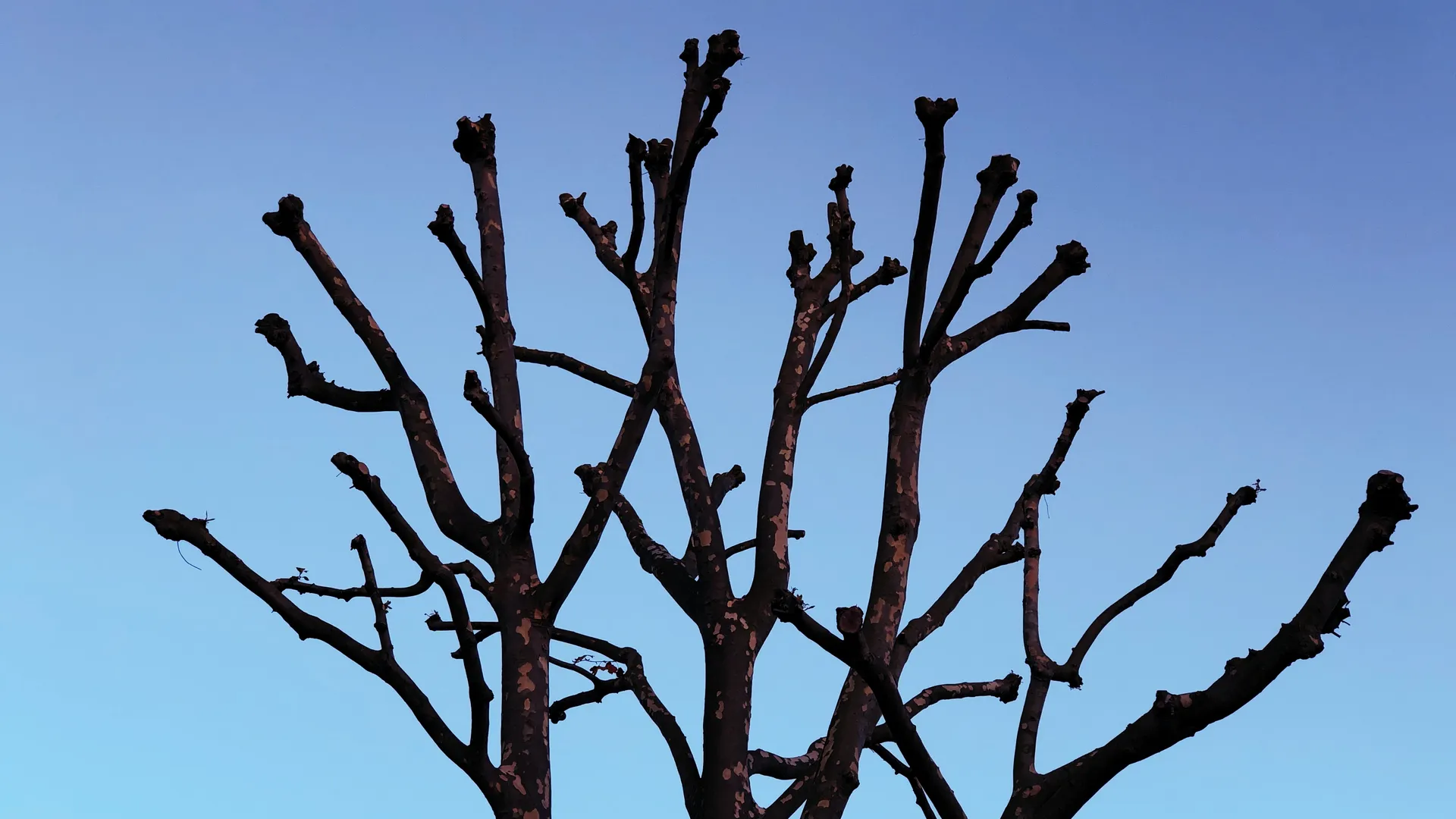Interesting journal

Dymaxion map: a world map created by Buckminster Fuller. It was designed with the intent to not have a “south” or “north” and showing the countries has an unified landmass.
∞
Veneer made with corn husk by Fernando Laposse. A beautiful material that is helping a Mexican village and help to preserve biodiversity. Plating corn with black beans and pumpkins creates a system that requires no fertiliser and keep the soil fertile. Everything can be use on a corn: the hob can become charcoal, the leaves can be used to wrap food… One of the big challenge is the way the world is organised around transport and pricing of food: it’s hard to sell native species at a good price.
∞
Notpla: an edible and biodegradable material combining seaweed and plants. I ate a small pouch containing an elderflower cordial. The material has no taste.
∞
“At the time of Kyoto kai, Kawase said this to me: ‘Showing something natural, in its native state, is not art. Artifice piled on artifice, giving you the illusion of the natural — that’s art. If you are going to draw people into your dream, then you must make it completely convincing. If the dream is not perfect, then it will feel unnatural. Only the most perfect dreams approaches reality.” Lost Japan. Alex Kerr.
Shirasu Masako has in her study a tanzaku calligraphy plaque which reads, “Dogs and horses are difficult; demons and fascinating things are easy”. Ordinary things are difficult to depict or master. Lost Japan. Alex Kerr.
∞
The fallacy of personal validation or Barnum effect: we tend to accept generalised descriptions as being representative of our individual personalities. That could explain why self-help book are widely popular.
∞
Magic tricks use a technique called misdirection and limitation of the human brain: we can focus on two things at the same time, our brain is actually slow to process information. There are also patterns that can be exploited like the fact that people will mostly pick the same card at random from a deck. Read.
∞
The power of suggestion and priming influence so much of our decisions and behaviour.
∞
∞
I Ching: this ancient Chinese book introduce the concept of zero “nothingness” and one “oneness” as a universal way to describe things. This inspired Leibniz.
∞
Recreating the scents of an extinct plant.
∞
Fiberbots: this is what happens when you attach a 3d printer to a robot. Similar to how bamboo grow.